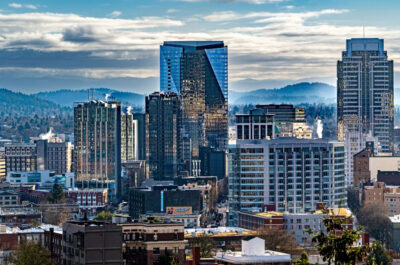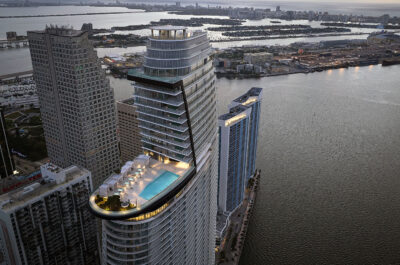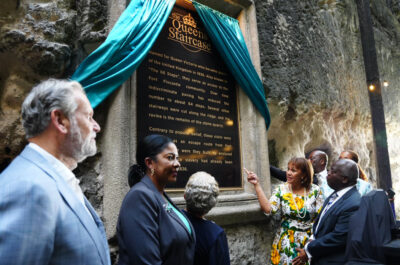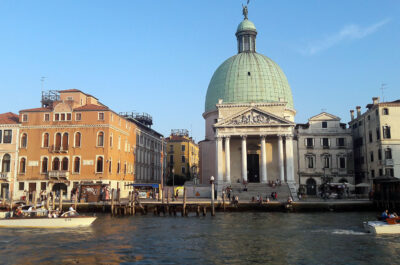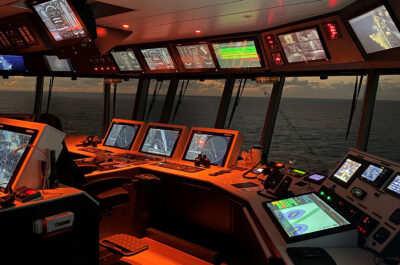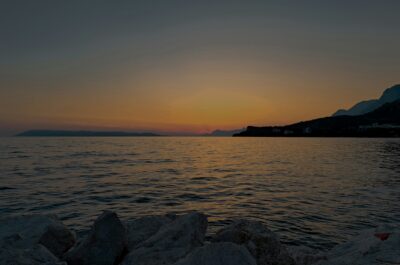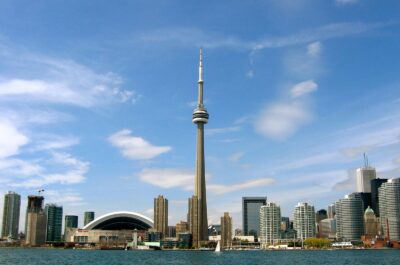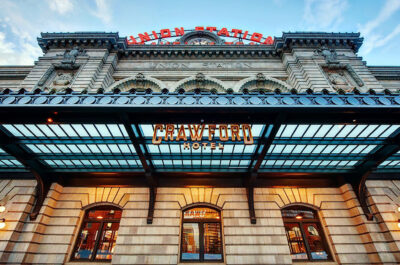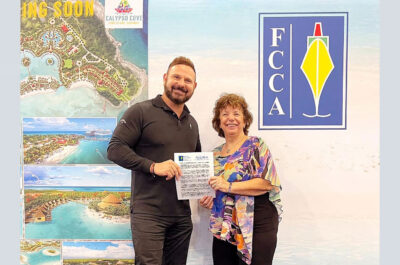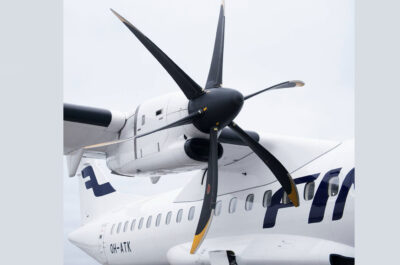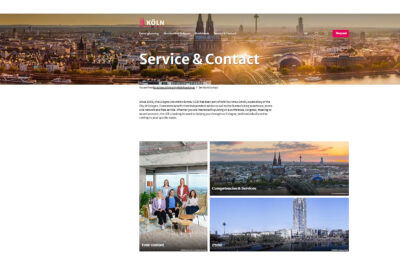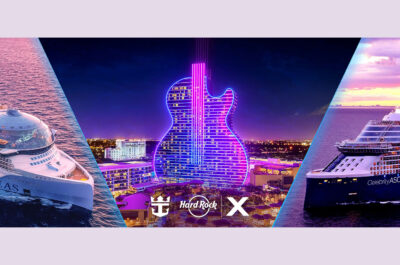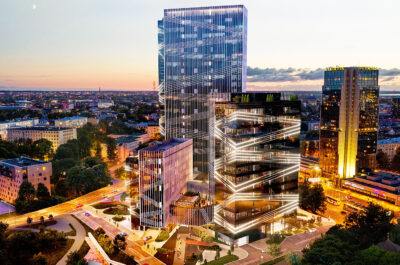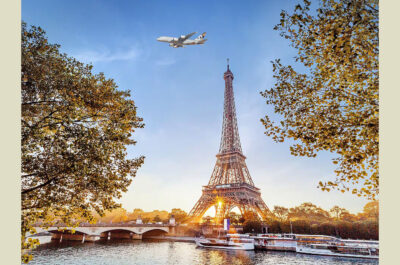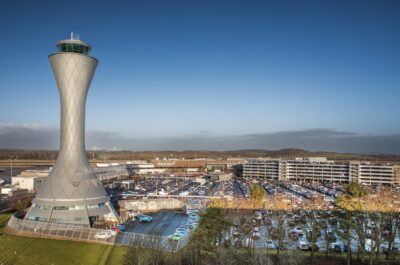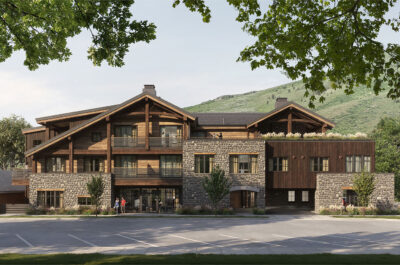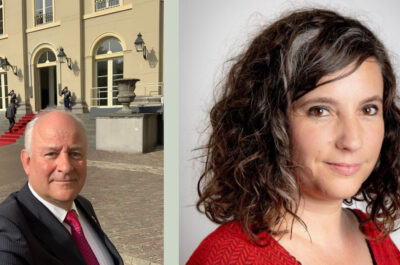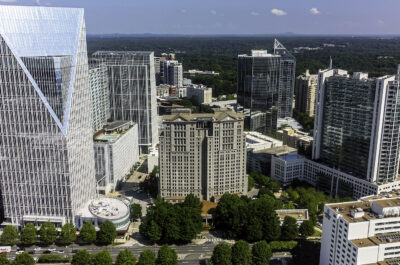The best way to explore Gdańsk is on foot with a local guide.
Key attractions and monuments of Gdańsk
One of the city’s symbols is the Basilica of the Assumption of the Blessed Virgin Mary. This Gothic building took nearly 150 years to construct, from 1346 to 1502. The church’s sheer size is spectacular – it stretches 105 metres in length, while the tallest elements of the structure reach 77 metres, making it the largest brick church in Europe and the third largest in the world!
Behind the church runs Mariacka Street, one of the most picturesque corners of the city, known for its beautiful townhouses with richly decorated facades and unique front benches. The entire area has a unique atmosphere conducive to leisurely strolls and admiring the craftsmanship on display at nearby stalls. The heart of Gdańsk’s Old Town is the nearby Long Street (Ulica Długa) along with Long Market (Długi Targ), close to the grand Golden Gate and Neptune’s Fountain.
Throughout its history, Gdańsk witnessed many events that changed the world forever. It was here that some of the first shots of World War II were fired. The crew of fortifications located on the Westerplatte peninsula, within the city limits, became famous for their heroic defence. The Polish Post Office in Gdańsk also became a symbol of heroism, as its employees resisted overwhelming enemy forces throughout the day.
Gdańsk also played a significant role in Poland’s post-war fate. The city became the cradle of the Solidarity movement, which played a key role in the process of overthrowing communism in Poland. To learn more about the history of one of the world’s most famous labour unions, a visit to the European Solidarity Centre located on the grounds of the former Gdańsk Shipyard is a must.
Discover picturesque cities located near Gdańsk
Poland has several metropolitan areas centred around large urban areas, with the seaside Tricity being a unique case. It consists of three cities with significant populations and importance. Gdańsk, the largest, is located furthest south, bordering Sopot, which in turn is next to Gdynia. Despite the short distance between them, each city has its unique character. If time allows, visit each one.
Sopot is Poland’s most popular seaside resort, famous for its beautiful beaches and lively promenade that attracts tourists not only from Poland. It’s an excellent place to relax and unwind. The city has also been an important cultural centre for decades, hosting an extremely popular music festival since the 1960s that draws the biggest local stars. Sopot also boasts the longest wooden pier in Europe.
In the northern part of the Tricity lies Gdynia, smaller than Gdańsk but significantly larger than Sopot. Interestingly, this city’s development took off just 100 years ago, transforming from a modest fishing village into a modern port as part of interwar Poland’s ambitious modernization plans.
How to best explore Gdańsk
The best way to explore Gdańsk is on foot with a local guide. Joining a so-called free walking tour allows you to explore the city with someone who lives there, knows its history and culture, and can guide you to see and learn as much about the city as possible. A distinctive feature of such tours is the lack of a predetermined price. Simply book a spot on the Walkative! website, join the tour, and at the end, decide how much you want to pay the guide for their effort and knowledge.
You can check current tours in Gdansk here: https://freewalkingtour.com/gdansk/

















